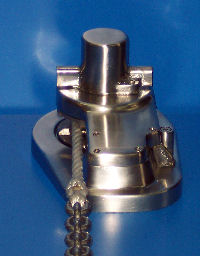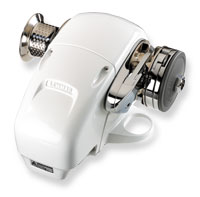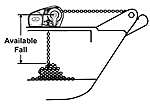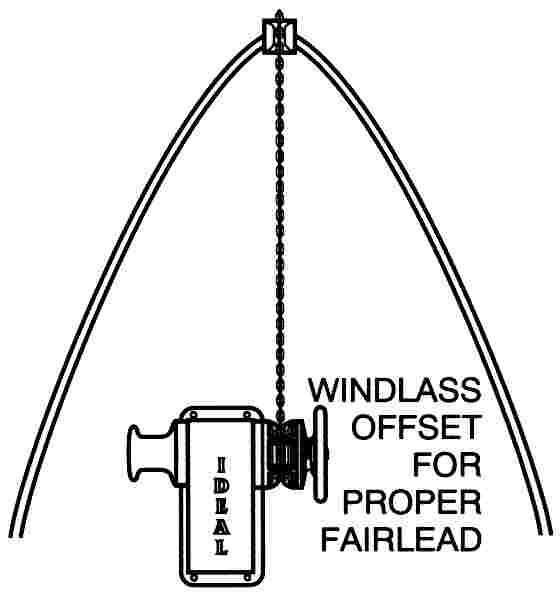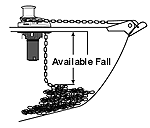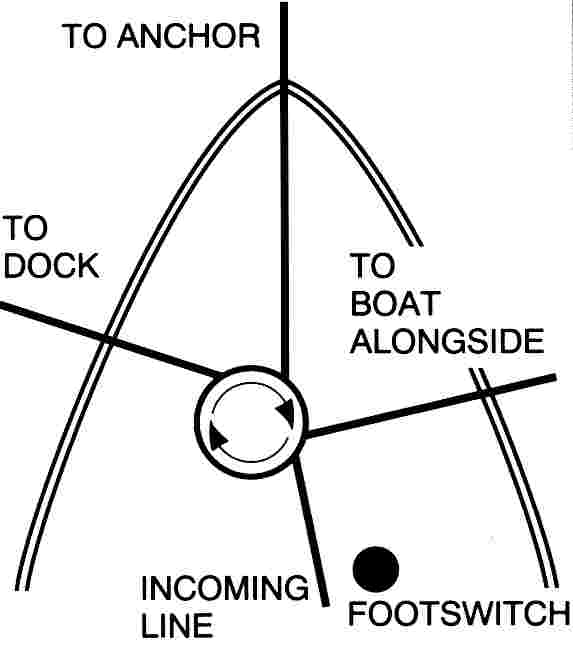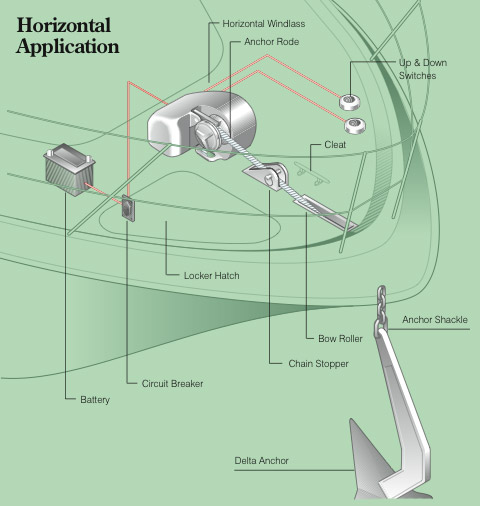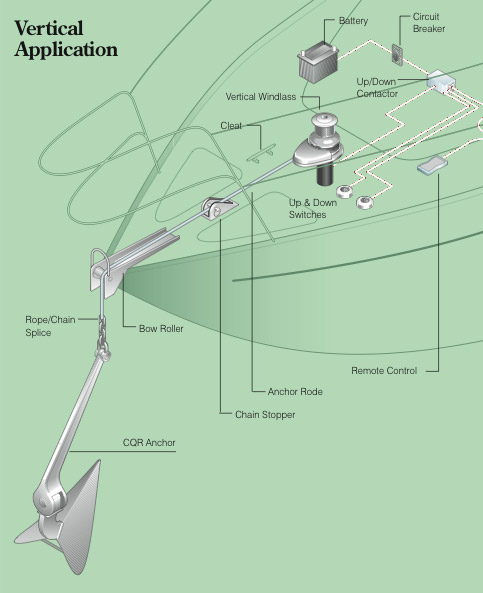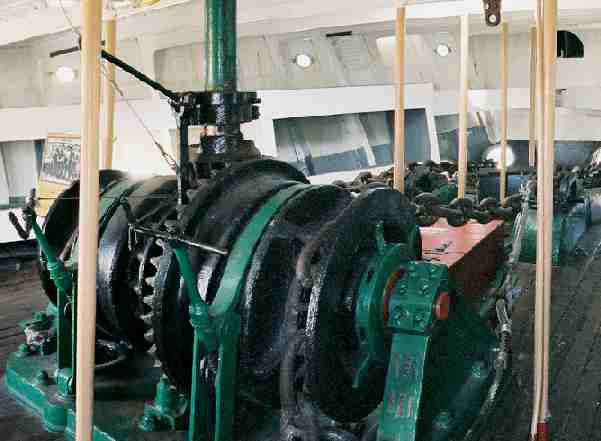|
WINDLASS
|
|||||||||||||||||
|
HOME | BIOLOGY | FILMS | GEOGRAPHY | HISTORY | INDEX | INVESTORS | MUSIC | NEWS | SOLAR BOATS | SPORT |
|||||||||||||||||
|
A windlass is an apparatus for moving a heavy weight. Typically, a windlass consists of a horizontal cylinder (barrel), which is rotated by the turn of a crank or belt. A winch is affixed to one or both ends, and a cable or rope is wound around the winch, pulling a weight attached to the opposite end.
Windlasses are used on boats to raise anchor as an alternative to a vertical capstan, and see anchor windlass below. Crossbows may also use windlasses as a cocking mechanism.
Windlasses are vital in the operation of almost all locks on the British Inland Waterways.
An anchor windlass is a machine that restrains and manipulates the anchor chain and/or rope on a boat, allowing the anchor to be raised and lowered. A notched wheel engages the links of the chain or the rope. A brake is provided for control and the windlass is usually powered by an electric or hydraulic motor operating via a gear train.
Horizontal vs Vertical
Technically speaking, the term "windlass" refers only to horizontal winches. Vertical designs are correctly called capstans. Horizontal windlasses make use of an integral gearbox and motor assembly, all typically located above-deck, with a horizontal shaft through the unit and wheels for chain and/or rope on either side. Vertical capstans use a vertical shaft, with the motor and gearbox situated below the winch unit (usually below decks).
Horizontal windlasses offer several advantages. The unit tends to be more self contained, protecting the machinery from the corrosive environment found on boats. The dual wheels also allow two anchors on double rollers to be serviced. Vertical capstans, for their part, allow the machinery to be placed below decks, thus lowering the center of gravity (important on boats), and also allow a flexible angle of pull (which means rope or chain can be run out to different fairleads).
It tends to be the case that smaller boats use capstans, and larger boats have windlasses, although this is by no means a hard and fast rule.
Gypsies and Wildcats
The wheels on either a vertical or horizontal windlass provide for either chain or rope to be engaged. The wheel for rope is termed a wildcat, while a gypsy is for chain. Combination wildcat/gypsies are capable of handling both chain and line on the same wheel, although particular care must be taken with sizing and compatibility of rope, chain, and windlass, for this feature to work effectively.
It is important that the gypsy match the chain size exactly. Even a small difference in link size or consistency can cause undue wear on the gypsy and/or cause the chain to jump off the windlass when the winch is operating.
Power
While most windlasses require power, many are manually driven in the same manner as most sailing boats' winches for sheets. In fact only modern boats have practical sources for power, and ships in the old days have always required manual power.
Powered solutions include steam (antiquated), hydraulics, and electrics. Electrics are convenient and relatively cheap, but hydraulics prove more efficient and powerful on all but small boats.
In general, windlasses and their power system should be capable of lifting the anchor and all its rode (chain and rope) if deployed so that it hangs suspended in deep water. This task should be within the windlass' rated working pull, not its maximum pull.
CHOOSING A WINDLASS
1.
How long is my boat?
Electrical
Circuit Protection
Safety
At Anchor
Horizontal Application
Vertical Application
LINKS and REFERENCE
Lewmar
Limited
IDEAL Windlass Company 5810 Post Rd. * PO Box 430 East Greenwich, RI 02818 USA TEL: 401.884.2550 * FAX: 401.884.1260
Good® Automatic Windlass, Inc. 357 Route 72 Barnegat, New Jersey 08005 http://www.goodwindlass.com/index.htm
Phone: New Jersey 609-698-4402 ~ Outside NJ 800-780-4655 Fax: 609-698-3698 E-mail:support@goodwindlass.com Web Site: www.goodwindlass.com
Boat
Gear Direct (a trading division of EYE Marine Limited)
Ships windlass with dual horizontal capstans
New energy drinks for adventure capitalists
Solar Red | Solar Crush | Solar Cola | Solar Citrus | Solar Spice
|
|||||||||||||||||
|
This
website
is Copyright © 1999 & 2007 NJK. The bird |
|||||||||||||||||
|
AUTOMOTIVE | BLUEBIRD | ELECTRIC CARS | ELECTRIC CYCLES | SOLAR CARS |
